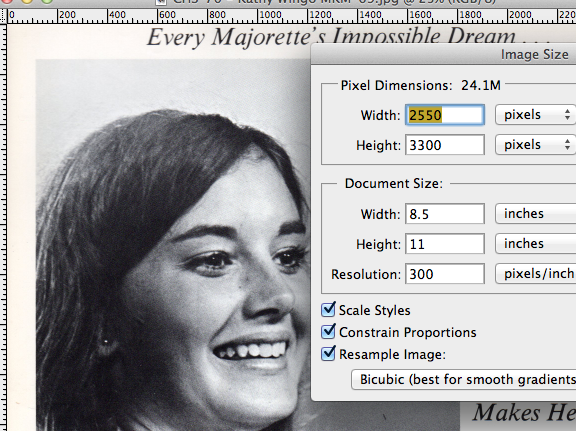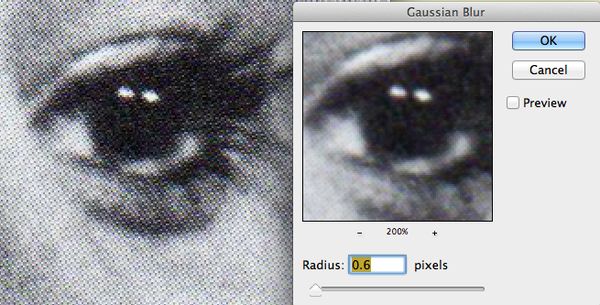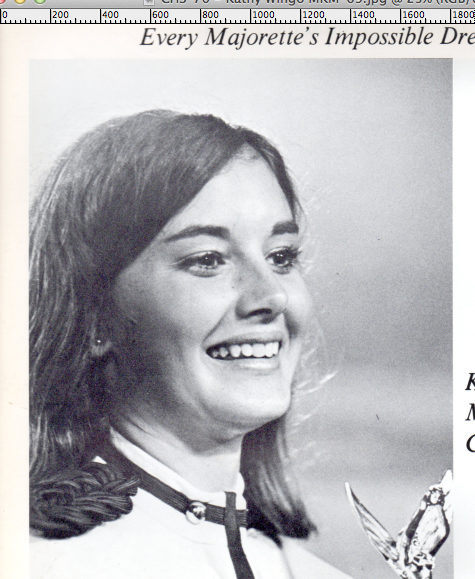Moire pattern
Apr 4, 2014 15:27:51 #
Does anybody know a solution for the moire pattern that occurs when a fabric, or hair or feather pattern conflicts with the pattern in the camera sensor or is this just a function of the CMOS sensor? I have a solution but it's a pain in the butt and not fast.

Apr 4, 2014 15:50:00 #
As a dressmaker, I would like to see that fabric close-up, I bet you it is taffeta. If so, the moire pattern is in the fabric and belongs there.
Apr 4, 2014 15:51:19 #
Morning Star wrote:
As a dressmaker, I would like to see that fabric close-up, I bet you it is taffeta. If so, the moire pattern is in the fabric and belongs there.
I can second that....:)
Apr 4, 2014 15:54:03 #
A good technical article that may help answer your questions can be read at:
http://users.wfu.edu/matthews/misc/DigPhotog/alias/
http://users.wfu.edu/matthews/misc/DigPhotog/alias/
Apr 4, 2014 16:37:52 #
Morning Star wrote:
As a dressmaker, I would like to see that fabric close-up, I bet you it is taffeta. If so, the moire pattern is in the fabric and belongs there.
Nope- one thing I forgot to mention- the pattern doesn't show in enlargements (8X10 up)
Here is another shot before and after I did the correction.


Apr 4, 2014 16:43:08 #
Rickhstudio wrote:
Nope- one thing I forgot to mention- the pattern doesn't show in enlargements (8X10 up)
Sounds like it has to do with how you the smaller image is created. Simply downsizing an image to reduce the pixel count can result in Moire patterns. The article I referred you to suggests using re-sampling as a method to mitigate this problem.
Apr 4, 2014 16:55:12 #
jd7000 wrote:
Sounds like it has to do with how you the smaller image is created. Simply downsizing an image to reduce the pixel count can result in Moire patterns. The article I referred you to suggests using re-sampling as a method to mitigate this problem.
I'll check it out. I've tried using different methods for resizing. Bicubic Interpolation, Spline Interpolation, etc. I spoke to a Canon rep at a convention here and he said they hadn't solved the problem yet, but that was several years ago.
Apr 4, 2014 16:56:53 #
Rickhstudio wrote:
I'll check it out. I've tried using different methods for resizing. Bicubic Interpolation, Spline Interpolation, etc. I spoke to a Canon rep at a convention here and he said they hadn't solved the problem yet, but that was several years ago.
You have certainly done your homework. Maybe it's just the nature of the beast.
Apr 4, 2014 17:04:38 #
Interesting article. I size down from a 32 or 64 MB file as it is and use a smart resize when I do. I've had this problem with all my Canons over the years. d60, 10d, 20d, 5d and 5d mkII
Apr 4, 2014 17:27:32 #
Rickhstudio wrote:
Nope- one thing I forgot to mention- the pattern doesn't show in enlargements (8X10 up)
Here is another shot before and after I did the correction.
Here is another shot before and after I did the correction.
Even the 'after' picture still shows alot of the moire pattern. I don't dispute that it can't be removed, but still would like to see that fabric close-up. Also wonder why the collar does not show the moire pattern.
Apr 4, 2014 17:57:50 #
Morning Star wrote:
Even the 'after' picture still shows alot of the moire pattern. I don't dispute that it can't be removed, but still would like to see that fabric close-up. Also wonder why the collar does not show the moire pattern.
The material does have a pattern, but a lot of materials do. We had to have those robes made special. We looked at different purple materials until we found one that actually photographed as purple digitally. Most photographed as a blue. Back in the old film days we also had this problem. Some materials especially from Korea did not photograph as the eye perceived them. I think it had something to do with UV damage retardant. It was a real problem with some relatively dark greens that photographed as a teal blue and some tuxedo materials.
Some of our other robes also have a lot of the moire pattern also- a coarser weave perhaps.
Apr 4, 2014 18:03:54 #
What I did to kind of fix the problem is to use the mask channel, select the area that has the moire pattern and turn it into an object. I then change the transparency of this object to 50% and move it one to two pixels, usually in the direction of the pattern- I have to look as I do it, not something you can build a macro(action) around, and then paste the object back down on the picture. See what I mean... a pain in the butt.
Apr 5, 2014 06:52:24 #
Rickhstudio wrote:
Nope- one thing I forgot to mention- the pattern doesn't show in enlargements (8X10 up)
Here is another shot before and after I did the correction.
Here is another shot before and after I did the correction.
What I find more annoying than the Moire is what you did with the edges. Look at the original post and the edges look like a hard mask. In your later post, the loose hairs are back giving a more natural look. The first one looks as though you added the background.
Apr 5, 2014 11:36:54 #
Rickhstudio wrote:
Nope- one thing I forgot to mention- the pattern doesn't show in enlargements (8X10 up)
Here is another shot before and after I did the correction.
Here is another shot before and after I did the correction.
Oh Lord! I could write a book on this one. I'll try to restrain myself.
The problem is dots over dots. Whether it's taffeta or not doesn't matter. It's still moiré.
When you take a picture of a magazine image you get (let's say 130 dots (lines) per inch.
Zoom that picture in and out on your screen, See the pattern appear and disappear.
You now have three sets of dots. The original (130 dpi) on an image (let's say 300 dpi) shown on a screen (mine is 96 dpi)
Like Dean Martin said, "That's a Moiré."
To get rid of the pattern, Blur the original. Zoom in until you can see the dots and then apply gaussian blur a step at a time until the dots disappear.
You have now eliminated the 130 dpi from the equation.
Today's inkjet printers print around 5760 dpi. The pattern is lost in all those tiny little dots. (This explains why the moiré pattern disappeared on the 8 x 10)
There's a lot more, but this should keep you from going too dotty.
The original scanned in at 300 dpi

Gaussian blur . . . only until the dots disappear.

The finished image. Ready for publication.

Apr 5, 2014 12:11:43 #
Rickhstudio wrote:
Does anybody know a solution for the moire pattern that occurs when a fabric, or hair or feather pattern conflicts with the pattern in the camera sensor or is this just a function of the CMOS sensor? I have a solution but it's a pain in the butt and not fast.
That really looks like it is the fabric of the graduation gown to me. (But as a male that might just be my imagination!).
If you want to reply, then register here. Registration is free and your account is created instantly, so you can post right away.






